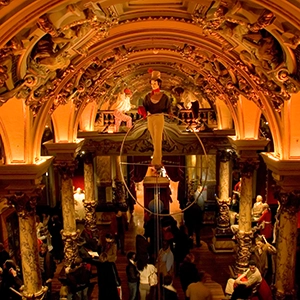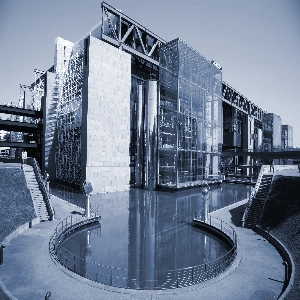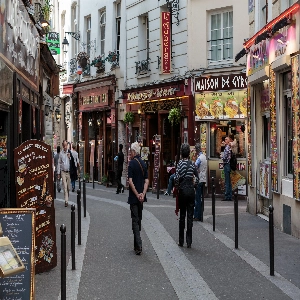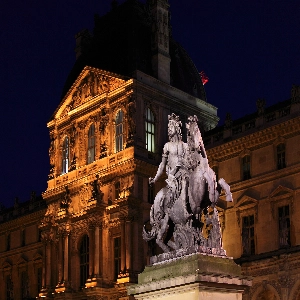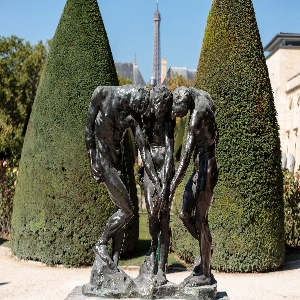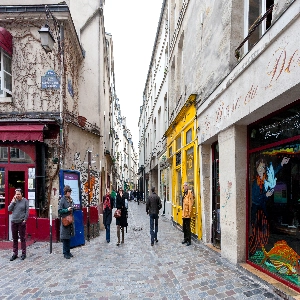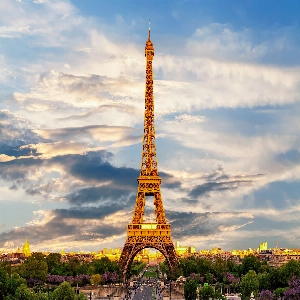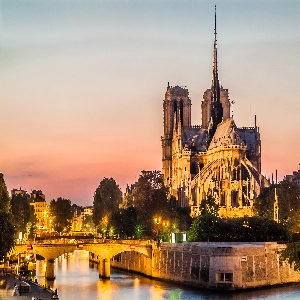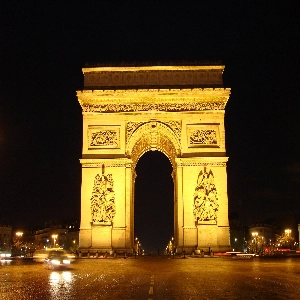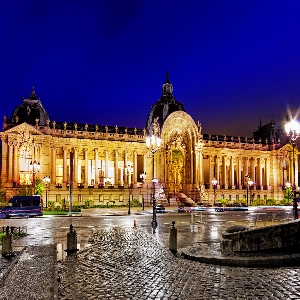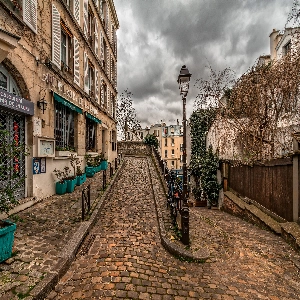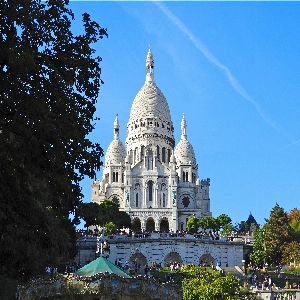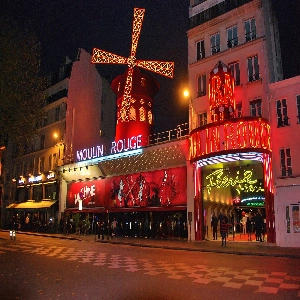Pere Lachaise Cemetery: Breathtaking Beauty And History
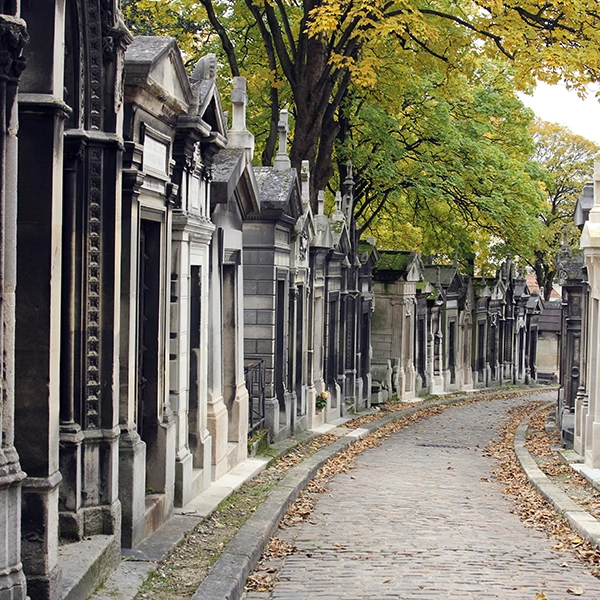
Père Lachaise Cemetery, located in the eastern part of Paris, is the largest cemetery in the city and is known for being the final resting place of many famous personalities. Established in 1804 by Emperor Napoleon, it covers an area of over 44 hectares and houses more than 69,000 tombs. With its picturesque tree-lined avenues, beautifully carved statues, and ornate mausoleums, Père Lachaise is not only a serene sanctuary for the dead, but it is also an open-air museum boasting a rich history that attracts thousands of tourists each year.
Historical Background
Père Lachaise Cemetery has a fascinating history that spans over 200 years. The cemetery is named after Père François de la Chaise, the confessor of King Louis XIV, who lived in a Jesuit house rebuilt in the 1680s on the site of the chapel. The plot of land was later acquired by the city of Paris to create a new cemetery that would solve the problem of overflowing graveyards. Before the establishment of Père Lachaise, most of the dead were buried in church cemeteries within the city, leading to unhealthy living conditions and spread of diseases.
In 1804, when Napoleon declared "Every citizen has the right to be buried regardless of race or religion," Père Lachaise became the first garden cemetery in Paris, opening its gates to people from all walks of life. It initially struggled with attracting burials as many Parisians did not want to be buried so far from their parish church. However, this would change after a series of high-profile burials and strategic marketing campaigns that highlighted the cemetery's prestigious and fashionable status.
Famous Personalities Buried in Père Lachaise
Pere Lachaise is renowned for housing the final resting places of numerous celebrated figures from the world of literature, art, music, and history. Among the most famous graves are:
Oscar Wilde (1854-1900): The Irish playwright and novelist, best known for his works "The Picture of Dorian Gray" and "The Importance of Being Earnest," has an elaborately designed tomb, featuring a flying Egyptian-style angel by sculptor Jacob Epstein. A glass barrier surrounds the monument to protect it from the tradition of leaving lipstick kisses on the stone.
Jim Morrison (1943-1971): The lead singer and lyricist of the rock band The Doors has one of the most visited graves in Père Lachaise. His grave is marked by a simple headstone inscribed with the Greek words 'ΚΑΤΑ ΤΟΝ ΔΑΙΜΟΝΑ ΕΑΥΤΟΥ' which translates to "True to his own spirit." A bust of Morrison, sculpted by a fan, was placed on the grave in 1981 but was stolen in 2005, leading to increased security measures around the site.
Frédéric Chopin (1810-1849): The world-famous Polish composer and pianist who made a significant impact on the romantic era of music has an elegant tomb adorned with two allegorical figures of Music and Euterpe, the muse of lyric poetry. A weeping muse leans on the top of an urn that contains the composer's heart, which was removed and enshrined in Warsaw after his death.
Edith Piaf (1915-1963): The legendary French chanteuse, best known for her iconic song La Vie en Rose, has a modest grave adorned with a simple bronze cross. Piaf's grave, which she shares with her daughter, father, and other family members, is located near the entrance of the cemetery and often features fresh flowers left by visitors.
Père Lachaise's Architectural Heritage
With over a century of architectural evolution, Père Lachaise is a chronological showcase of funerary art and design. The expansive cemetery offers an eclectic mix of Gothic, classical, and contemporary tomb designs that provide a unique insight into the evolution of cemetery architecture. From imposing sepulchers to intimate family plots, these tombs reflect the tastes and ambitions of their occupants from various epochs.
The Symbolism of Pere Lachaise
Many of the tombs and memorials in Père Lachaise feature intricate carvings and statuary with a variety of funerary symbols. Some of the commonly seen symbols include the inverted torch (representing life extinguished), broken columns (symbolizing a life cut short), or even a tree stump (indicating a life interrupted). The cemetery is filled with a diverse array of artistic styles and symbols, making it an excellent destination for those interested in the evolution of symbolism and its impact on burial practices.
Visiting Père Lachaise Cemetery
Today, Père Lachaise Cemetery is a popular tourist destination, with thousands visiting daily to pay their respects, learn about its history or admire its unique funerary art. Guided tours, both free and paid, are available throughout the year, offering in-depth insights into the lives of the famous individuals buried there and the legends surrounding their graves.
Moreover, the cemetery continues to serve Parisians as an active burial site, with new graves being added on a regular basis. Père Lachaise Cemetery is not only a place to remember and reflect on the past but also a living testament to the ongoing cycle of life and death.

